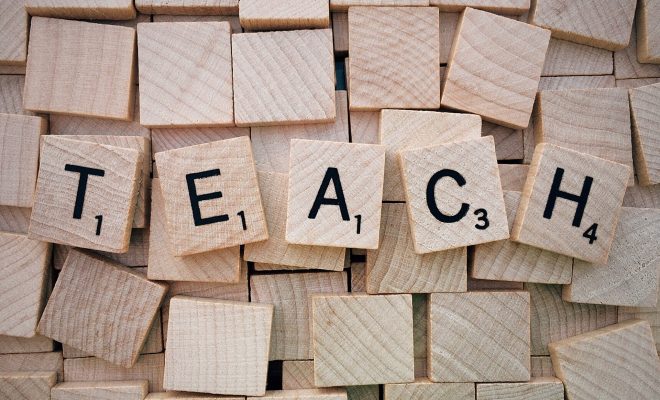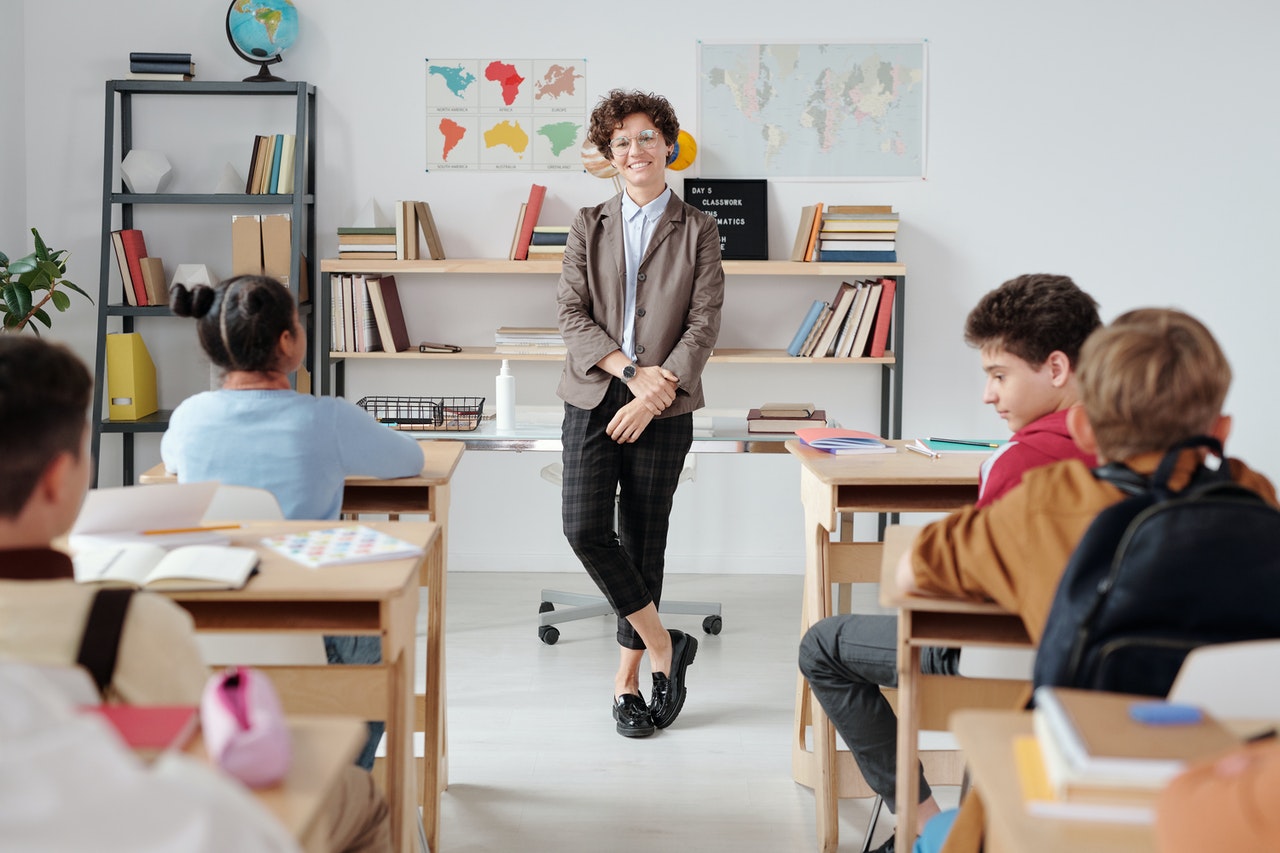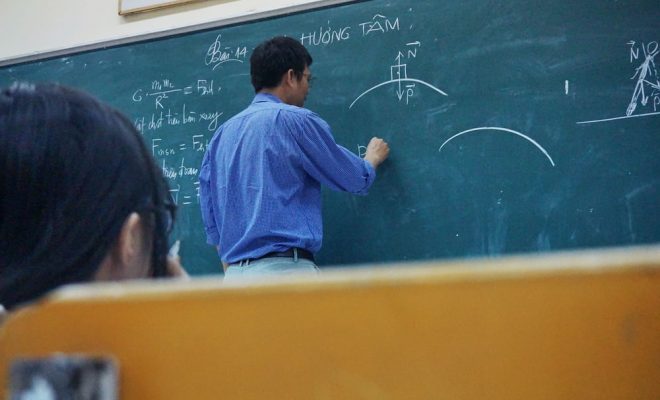Mythbusting: Alternatives to Learning Styles Theory

Learning Styles Theory
The theory of learning styles is widely popular in the educational landscape. This theory claims that learners have preferences about how they receive and process information, traditionally categorized in education as visual, auditory, and kinesthetic (Willingham et al., 2015). These theories are alluring because they have implications for improving student achievement, but they lack scientific support (Willingham et al., 2015). Research brings several questions to bear regarding learning styles:
- Why are some learner’s styles not consistent across subjects and situations (Willingham et al., 2015)?
- How can we reliably determine a student’s learning style, especially if variation exists across subjects and situations (Coffield et al., 2004)?
- How can we explain the brain’s ability to adapt throughout life if we have a fixed processing style (Lu et al, 2003)?
Kozhenvnikov et al. (2014) found that cognitive preferences are best represented as a matrix between the full range of a learner’s processing strategies matched with the task at hand. If conceptualized in this way, time should be spent removing barriers in tasks so learners can apply their strategies, rather than catering to learner styles. In summary, there is no empirical evidence that supports sorting learners into learning styles leads to increased achievement. Despite widespread acceptance, learners would be better served by teachers focusing on evidence-based strategies to improve learning.
If not learning styles, what theories describe learner processing differences in a meaningful way? One answer could be Multiple Intelligences.
Multiple Intelligences
Developed in 1983 by Harvard psychologist Howard Gardner, the theory of Multiple Intelligences defines intelligence as a humans’ ability to solve various problems in multiple contexts (Armstrong, 2017). Compare this to an IQ test which suggests there is a single score for intelligence, and that score is measured outside of natural activities and contexts. It may stand to reason that learners have more than one dimension of intelligence that is best measured within real-world contexts. Combine this with Kozhenvnikov et al.’s (2014) idea that learners have a range of skills to apply across contexts, and we might begin to reframe the idea of intelligence altogether.
Could multiple intelligences be like learning styles: popular but unsubstantiated? Gardner’s research required each intelligence to meet eight criteria, including physiological and natural observations, psychometric testing, and connection of skills and knowledge (Armstrong, 2017). Through his process, he identified eight intelligences: linguistic, logical-mathematical, spatial, bodily-kinesthetic, musical, interpersonal, intrapersonal, and naturalist. Like learning styles, these categories have been scrutinized because they are difficult to empirically support as being the sole cause of learning outcomes, fully separated from other factors (Cherry, 2019; Visser et al., 2006). Indeed, some experiments claim a relationship between intelligence type and academic results, but these results stem from controlled settings and a specific task (Ndia et al., 2020). Such claims fail to meet the criteria of intelligence being multi-dimensional and cross-contextual. It is hard to find compelling research supporting specific Intelligences as the cause of success, but, unlike Learning Styles, Multiple Intelligence Theory offers some key ideas that have been supported by research (Armstrong, 2017):
- Everyone possesses some degree of each type of intelligence.
- Almost everyone can develop competency in each type of Intelligence.
- The intelligence types are intertwined in complex ways.
- There are multiple ways to demonstrate each type of intelligence.
Implications
Educators apply theories to learners in an effort to best understand and serve them. However, as current research indicates, a broad, static conceptualization of learners within a rigid paradigm is neither helpful to the learner, nor does it improve results. Rather, learners’ abilities and preferences vary in different contexts and on different tasks. Here are some practical steps that capitalize on learners’ multi-dimensionality in the classroom:
- Approach each student knowing they have multi-dimensional ability and can raise any dimension to proficiency through effort and practice. Verbally reminding students of this will increase their self-efficacy (Bandura, 1977).
- Foster a growth mindset for all and challenge fixed mindsets.
- Provide different ways for students to demonstrate their understanding and mastery. Include different modalities for written expression and offer interpersonal opportunities to demonstrate proficiency.
- Remember that students process information differently as the subject, context, or task changes. Avoid ascribing static categorization or ability levels to students.
- Avoid catch-all strategies that promise the solution. Thinking is complex. Learners are complex. Deeply understand learners and develop a host of strategies to meet their needs.
References
Armstrong, T. (2017). Multiple intelligences in the classroom. ProQuest.
Bandura, A. (1977). Self-efficacy: Toward a unifying theory of behavioral change. Psychological Review, 84(2), 191–215.
Cherry, K. (2019, July 19). Garder’s Theory of Multiple Intelligences. Very Well Mind. https://www.verywellmind.com/gardners-theory-of-multiple-intelligences-2795161
Coffield, F., Moseley, D., Hall, E., Ecclestone, K. (2004). Learning styles and pedagogy in post-16 learning: A systematic and critical review. Learning & Skills Research Centre.
Kozhevnikov, M., Evans, C., & Kosslyn, S. M. (2014). Cognitive Style as Environmentally Sensitive Individual Differences in Cognition: A Modern Synthesis and Applications in Education, Business, and Management. Psychological Science in the Public Interest, 15(1), 3–33. https://doi.org/10.1177/1529100614525555
Lu, L., Bao, G., Chen, H., Xia, P., Fan, X., Zhang, J., Pei, G., Ma, L. (2003). Modification of hippocampal neurogenesis and neuroplasticity by social environments. Experimental Neurology, 183, 600-609.
Ndia, L., Solihatin, E., & Syahrial, Z. (2020). The Effect of Learning Models and Multiple Intelligences on Mathematics Achievement. International Journal of Instruction, 13(2), 285–302.
Visser, B. A., Ashton, M. C., Vernon, P. A. (2006). g and the measurement of Multiple Intelligences: A response to Garderner. Intelligence. 34 (5), 507-510. https://doi.org/10.1016/j.intell.2006.04.006
Willingham, D. T., Hughes, E. M., & Dobolyi, D. G. (2015). The Scientific Status of Learning Styles Theories. Teaching of Psychology, 42(3), 266–271. https://doi.org/10.1177/0098628315589505






